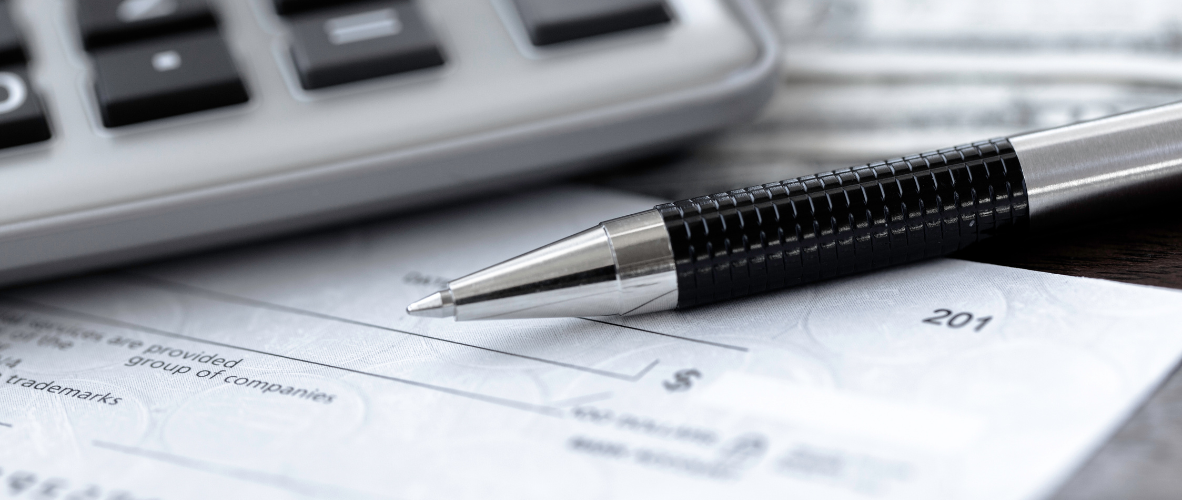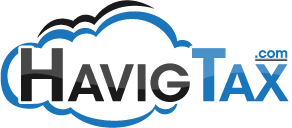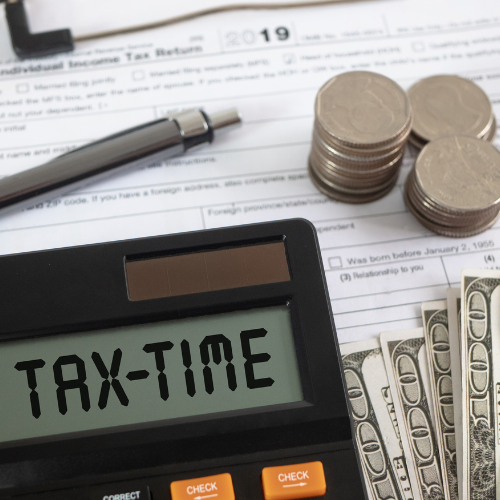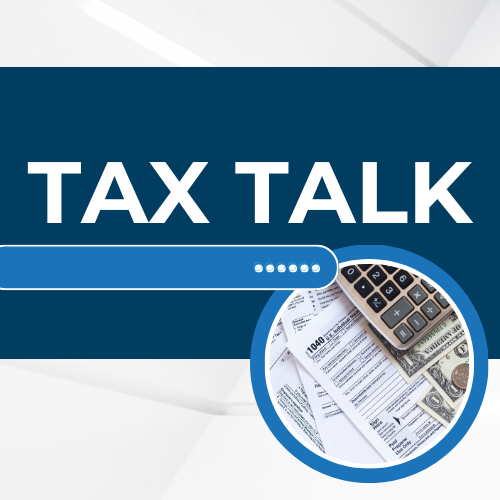Tax Glossary: Estimated Tax Payments
A Small Business Owner's Guide to Estimated Tax Payments

As a small business owner, one of the key responsibilities you must manage is paying your taxes. Unlike employees who have taxes withheld from their paychecks, small business owners need to handle their tax obligations differently. This often means making estimated tax payments throughout the year. Understanding how these payments work is essential to avoid penalties and ensure you stay on top of your tax responsibilities.
What Are Estimated Tax Payments?
Estimated tax payments are quarterly payments made to the IRS (and sometimes state tax authorities) to cover your tax liability throughout the year. Since you don’t have an employer withholding taxes from your income, you’re required to estimate how much tax you’ll owe and pay it in installments. These payments cover income tax, self-employment tax, and other applicable taxes.
Who Needs to Make Estimated Tax Payments?
If you expect to owe $1,000 or more in taxes when you file your annual return, the IRS requires you to make estimated tax payments. This typically applies to:
- Sole Proprietors: If you run your business as a sole proprietor, you’re responsible for making estimated tax payments.
- Partners and S Corporation Shareholders: If you’re part of a partnership or an S corporation, you may need to make estimated tax payments on your share of the income.
- Independent Contractors and Freelancers: If you earn income without employer withholding, you’ll need to pay estimated taxes.
Even if you have a side business in addition to a regular job, you may need to make estimated payments if your side income is significant.
How to Calculate Estimated Taxes
To calculate your estimated tax payments, you need to project your income, deductions, and credits for the year. The IRS provides Form 1040-ES, which includes a worksheet to help you calculate your estimated taxes. Here’s a simplified process:
- Estimate Your Income: Consider all sources of income, including profits from your business, investment income, and any other taxable income.
- Estimate Your Deductions and Credits: Include deductions like business expenses, retirement contributions, and any tax credits you qualify for.
- Calculate Your Tax Liability: Using the IRS tax tables, determine the tax you’ll owe based on your estimated income.
- Divide by Four: Divide your estimated annual tax liability by four to determine your quarterly payments.
When Are Estimated Tax Payments Due?
Estimated tax payments are due four times a year:
- April 15: For income earned from January 1 to March 31.
- June 15: For income earned from April 1 to May 31.
- September 15: For income earned from June 1 to August 31.
- January 15 (of the following year): For income earned from September 1 to December 31.
If the 15th falls on a weekend or holiday, the deadline is extended to the next business day.
Penalties for Underpayment
If you underpay your estimated taxes, you may be subject to penalties, even if you pay the full amount by the tax filing deadline. To avoid penalties, make sure your payments equal at least 90% of your current year’s tax liability or 100% of your previous year’s tax (110% if your adjusted gross income was over $150,000).
Tips for Managing Estimated Tax Payments
- Set Aside Funds Regularly: To avoid scrambling for cash when payments are due, set aside a portion of your income regularly.
- Use Accounting Software: Many accounting programs can help you estimate and track your tax payments.
- Consult a Tax Professional: A tax advisor can help you accurately calculate your payments and ensure you’re meeting your obligations.
Making estimated tax payments is a crucial part of running a small business. By understanding the requirements and staying on top of your quarterly payments, you can avoid penalties and ensure your business remains in good standing with the IRS. While the process might seem daunting at first, with proper planning and the right tools, it becomes manageable, allowing you to focus on growing your business. An accountant or bookkeeper can also help you manage making these payments. Contact our office if you are interested in tax planning or accounting services like these for your small business.
Quick Links
Contact Information
Business Hours
- Mon - Fri
- -
- Sat - Sun
- Closed















